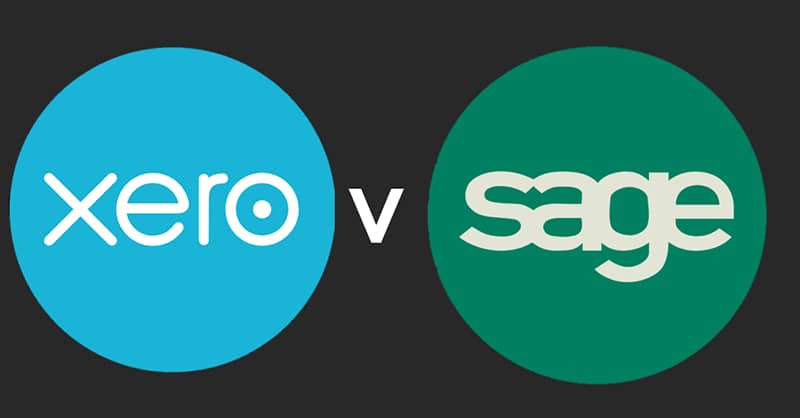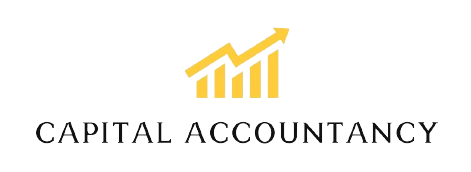
Here’s a detailed comparison of Sage Business Cloud Accounting and Xero, based on features, pricing, and usability.
Pros and Cons of Xero:
Pros:
- User-Friendly Interface: Xero is praised for its intuitive, clean, and modern interface, making it easy for new users to navigate. The dashboard gives a clear snapshot of business performance, and the mobile app extends this convenience for on-the-go use, which streamlines bank reconciliation. It also uses machine learning to suggest transaction matches, reducing manual data entry.
- Invoicing and Payments: Xero’s customizable invoice templates, integration with Stripe and PayPal, and automated payment reminders make getting paid faster.
- Third-Party Integrations: Xero integrates with over 800 apps, ranging from project management tools to CRM systems. This flexibility makes it highly scalable for small to medium-sized businesses.
- Real-Time Collaboration: Accountants and business owners can collaborate in real-time, and the platform supports multiple users with customizable access permissions.
- Mobile App: Xero’s mobile app is well-received for providing almost all desktop functionalities, including invoicing, expense tracking, and viewing financial reports.
Cons:
- Pricing: Xero can be more expensive, particularly when opting for advanced features like multi-currency support or adding payroll, which come at extra costs. The base plan only allows a limited number of invoices and bills.
- Inventory Management: Xero’s inventory tools are basic and suitable mainly for businesses with straightforward stock management needs. For advanced inventory, third-party integrations are necessary.
- Limited Support: Although Xero offers online support via chat and knowledge bases, phone support is not easily accessible, which could be challenging for users who prefer immediate assistance.
Free Trial Click Here
Pros and Cons of Sage Business Cloud Accounting:
Pros:
- Advanced Inventory Management: Sage excels in inventory management, offering features like multi-location tracking and integration with point-of-sale systems, which makes it ideal for businesses with complex inventory needs, like retailers and manufacturers.
- Customizability: Sage provides robust customization options for reports, dashboards, and workflows. This makes it a good choice for businesses with specific or industry-focused requirements.
- Payroll Management: Sage’s payroll system is highly advanced and caters well to businesses with large workforces or complex payroll needs. It supports compliance across multiple jurisdictions, a plus for companies with international operations.
- Reporting: Sage offers detailed and customizable reporting tools that can generate both financial and management reports. Its advanced analytics make it suitable for larger, data-driven businesses.
Cons:
- Less Intuitive: While Sage offers powerful features, its interface is not as user-friendly as Xero’s. The learning curve may be steeper for small business owners or users without prior accounting software experience.
- Cloud Limitations: Some versions of Sage, like Sage 50, are desktop-based and require additional costs for cloud functionality. This is a disadvantage compared to Xero, which is fully cloud-based from the start.
- Third-Party Integrations: Sage integrates with fewer third-party applications than Xero, limiting its flexibility and scalability.
- Higher Costs for Complex Features: Sage can be more expensive than Xero for businesses that need advanced payroll, inventory, and reporting features.
Free Trial Click Here
Pricing Comparison:
- Xero offers three main pricing tiers: Starter (£12/month), Standard (£26/month), and Premium (£33/month), with increasing features like multi-currency support and more invoices.
- Sage provides two main packages: Sage Accounting Start (£12/month) for sole traders, and Sage Accounting (£24-£30/month) for small businesses. Sage is slightly more expensive than Xero when comparing similar tiers.
Which One Should You Choose?
- Xero is best for small and medium businesses that value ease of use, integrations, and cloud functionality. Its automated features, clean interface, and strong mobile app make it ideal for those seeking simplicity and remote access.
- Sage is better suited for businesses with more complex needs, especially those requiring advanced inventory management or payroll features. It is also a stronger option for businesses with industry-specific needs or those handling large amounts of stock.
Ultimately, the choice between the two depends on your business’s specific requirements, budget, and the complexity of the accounting tasks you need to manage.
Free Trial Links
